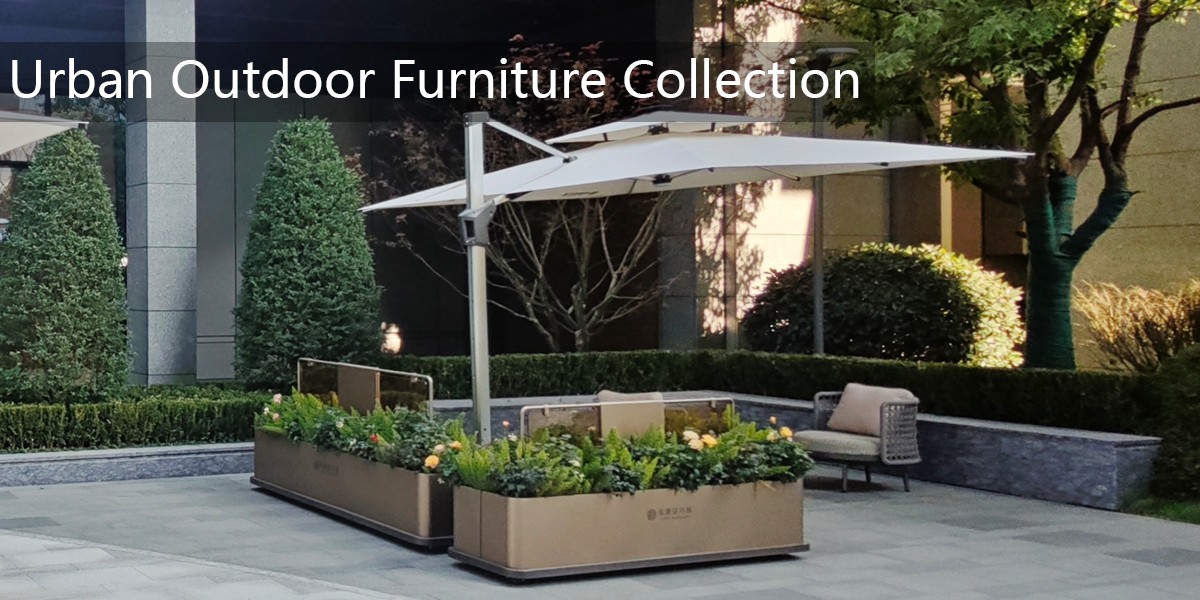Outdoor sculptures serve as powerful mediums for visual dialectics, engaging viewers in a dynamic conversation between form, space, and context. By juxtaposing materials, scales, and themes against their surroundings, these artworks challenge perceptions and invite contemplation. The interplay of light, shadow, and movement further amplifies their dialectical nature, creating ever-shifting narratives. Site-specific sculptures often respond to cultural or historical layers of a location, fostering a dialogue between past and present. This artistic tension not only transforms public spaces but also democratizes art by making complex ideas accessible to diverse audiences. The most successful outdoor sculptures balance aesthetic impact with intellectual provocation, leaving room for multiple interpretations and emotional responses. Over time, weathering and human interaction add new dimensions to these works, ensuring the visual dialectic remains alive and evolving.
How do outdoor sculptures create visual dialectics?
2025-06-16 Visits: Abstract: Explore how outdoor sculptures create visual dialectics through spatial interaction, artistic contrast, and public engagement, transforming urban landscapes into dynamic dialogues.
Search Tags:


